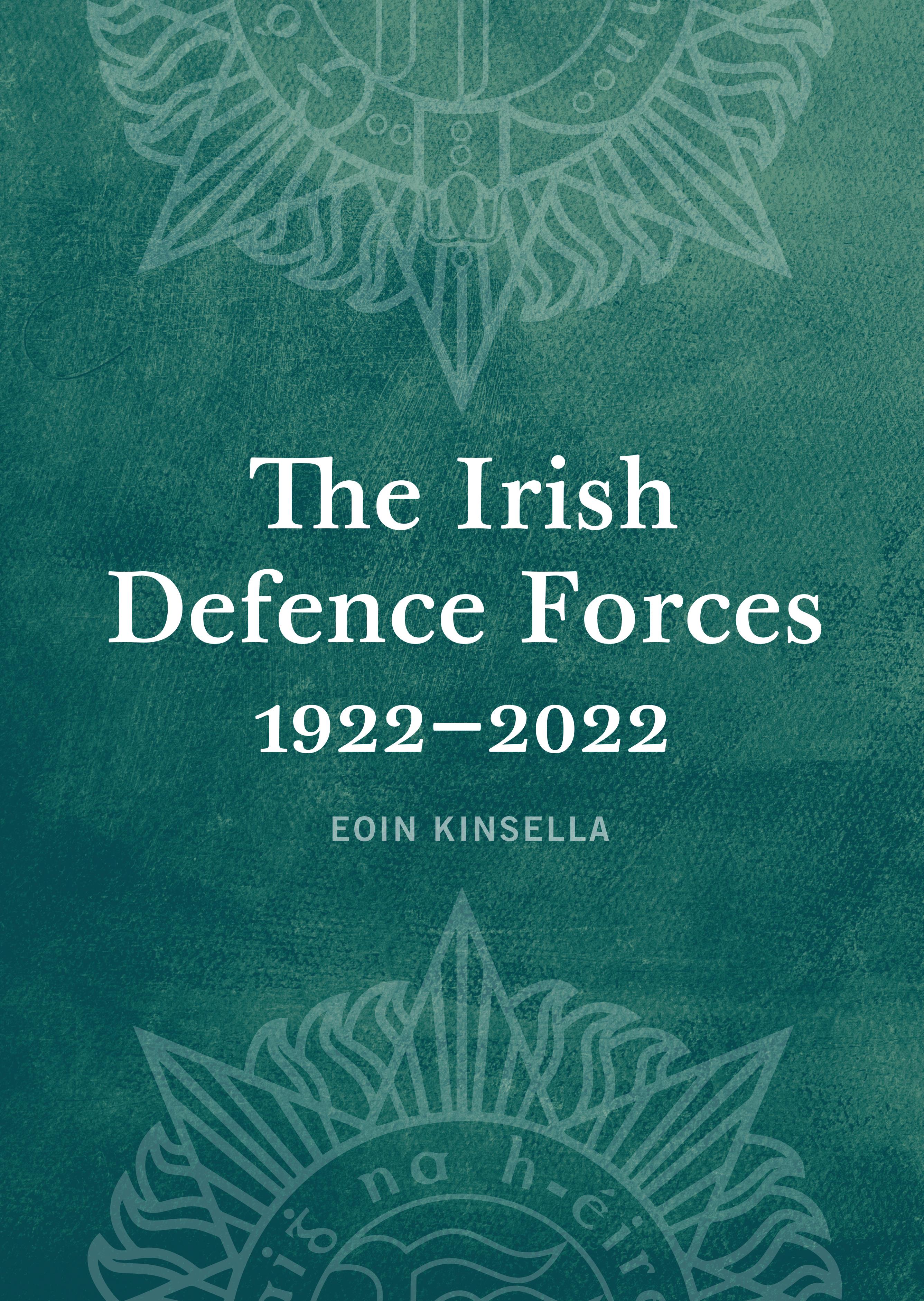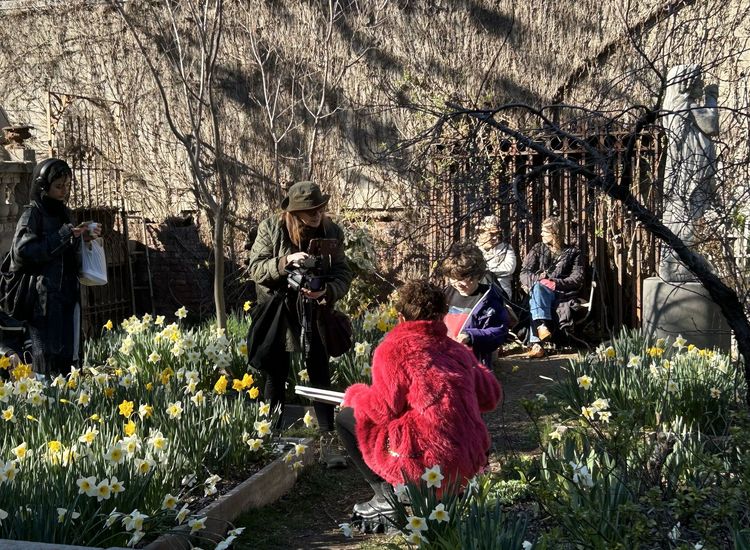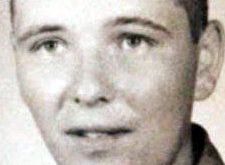Joseph Lawless came to an apparent agreement with his comrade Seán Lemass as they walked one evening from Beggars Bush Barracks in Dublin in the early months of 1922. Both had signed on as officers for the new National Army.
The former suggested in their discussion that if IRA officers “should decide to take our stand on the abstract argument against the Treaty and walk out of the Army, then the government would have to replace us with whatever material came to hand, and there was plenty of alternative material in the ex-British officers and opportunists of all kinds, who would then become the directing influence in an Irish army to which we would become mere spectators.”
Lemass said, “I think that’s the proper way to look at it.” And they shook hands on it.
But Lawless, who’d been active since the Howth gunrunning in 1914, and was interned in Frongoch in Wales following his participation in the 1916 Rising, wandered away to civilian life, while Lemass switched sides to the anti-Treaty faction based at the Four Courts.
It was when the National Army under Commander-in-Chief Michael Collins bombarded the Four Courts on June 28 that Lawless decided to make a commitment.
“Although I had no heart in the fratricidal struggle, I realized I must make my contribution towards the supremacy of the Government of Dáil Eireann as representing the democratic majority of the people of Ireland,” Lawless said.
His account is included in Chapter 8 of Eoin Kinsella’s “Irish Defence Forces, 1922-2022,” which is comprised of extracts from oral histories of men and women who served in those 100 years.
Among the stories featured in Chapter 8 are those of Captain Maria O’Donoghue, who joined the Defence Forces as one of four members of the first women’s cadet class in 1980; and of several who’ve served abroad, from Sergeant Joe Mallon (joined 1958), who was went on UN peacekeeping missions to Congo, Cyprus and Lebanon, through to Chief Petty Officer Ruairí de Barra (joined the Naval Service in 1998), who was deployed to the Mediterranean in May 2015 as part of Operation Pontus, a bilateral mission with Italy to rescue refugees.
After the Provisional Government secured Dublin in early July 1922, it issued a “national call to arms.”
Kinsella writes, “Crowds of young men eager to sign up were reported at each of the Dublin recruiting stations over the following days: ‘Dublin’s answer to the Government’s call to arms has been magnificent. It was much greater and more spontaneous than could have been expected.’”
With a clear majority of brigade officers of the IRA opposed to the Treaty, however, the National Army had initially been built around the IRA’s headquarters staff and key pro-Treaty brigade leaders, like Seán Mac Eoin and Michael Brennan. But just as crucial, according to testimony from Generals Jeremiah “Ginger” O’Connell and Seán Mac Mahon, was its reliance on the support of men who’d belonged to full-time Active Service Units during the War of Independence.
The National Army, very soon to be renamed Irish Defence Forces, took control of the IRA paper An t-Óglách, under the editorship of Piaras Béaslaí. An editorial in a late 1921 issue of that publication had used the term “Servant of the Nation,” which is a watchword of sorts in the history of the Defence Forces (and the subtitle of Kinsella’s book).
In his testimony, Lt. Gen. Gerry McMahon (1935-2017) said, “We do recognize a central plank…is civil control of the military. Now, I often wondered about this. Where did it have its beginnings? It’s generally accepted in all democracies but not in all nations.”
He relayed a conversation he had with a senior officer Seán Clancy, who told him of the time that Fianna Fáil, including Seán Lemass in a senior role, was about to take power following the general election of 1932. Clancy said to the Chief of Staff, Gen. Michael Brennan, “I suppose we’ll be moving in on the Dáil.”
Continued McMahon, “Now he [Clancy] never said to me whether he was saying it as a joke, as a wind-up, or whether he was serious.”
Brennan turned around to him and said, “We’re a democracy. We, the Defence Forces of this democracy, are obliged to defend that democracy and defend the citizens. And the citizens have spoken. From that democratic vote, they voted Fianna Fáil in. So we will do what the government tells.”
Each of the seven narrative chapters of the book, which contains hundreds of photographs and other visuals, has an accompanying piece with a specialist theme, written by Kinsella, who completed his PhD at University College Dublin in 2011, and followed up with a two-year Irish Research Council postdoctoral fellowship.
Chapter 2, for instance, has “The Cartoons and Cartoonists of An t-Óglách,” while Chapter 4’s is “Beginnings: The Equitation School,” and “The Defence Forces on the Silver Screen” accompanies Chapter 5.
The book, which is published by Four Courts Press in association with the Irish Defence Forces, doesn’t shy away from the key controversies from the earliest times and beyond, such as the atrocities committed by government troops during the Civil War and the factional dispute known as the “army mutiny” of 1924.
After his studies, Kinsella set up his own research company and worked as a historical consultant. “In August 2022, I took over as Managing Editor of the ‘Dictionary of Irish Biography,’ Ireland’s national biographical dictionary. It’s one of the Royal Irish Academy’s flagship research programmes, and a fascinating job in which I get to work with a brilliant team, researching and writing about some of the most important and interesting characters in Irish history.”

Eoin Kinsella
Date of birth: July 7, 1980
Place of birth: Dublin
Spouse: Lily
Children: Kate, 4
Residence: Dublin
Published works: “The Irish Defence Forces, 1922–2022: Servant of the Nation “(Dublin, 2023), “The Irish Dental Association: A Centenary History” (Dublin, 2023), “Dublin City University, 1980–2020: Designed to be Different” (Dublin, 2020), “Catholic Survival in Protestant Ireland, 1660–1711” (Boydell, 2018), and “Leopardstown Park Hospital, 1917–2017: A Home for Wounded Soldiers” (Dublin, 2017).
What is your writing routine? Are there ideal conditions?
Peace and quiet always helps. I used to be a night owl and would write till all hours, but now generally find that the best time for writing is from the mid-morning to the late afternoon. I try to get all of the admin work done before and after.
What advice do you have for aspiring writers?
History is a little different to fiction because historians have something concrete to anchor their work around. If you get stuck, you can go back to the research and start writing from there. But whether you’re writing fiction or non-fiction, the best advice is just to sit down and hammer out the words. No matter how bad that first draft is, it’s a starting point.
Name three books that are memorable in terms of your reading pleasure.
Stephen King’s “Hearts in Atlantis,” Lisa McInerney’s “The Glorious Heresies,” and Michael Ondaatje’s “In the Skin of a Lion.”
What book are you currently reading?
I’m dipping in and out of Claire Keegan’s “Walk the Blue Fields,” and have Anthony Doerr’s “Cloud Cuckoo Land” lined up next. I’m also reading Jaipreet Virdi’s “Hearing Happiness: Deafness Cures in History.”
Is there a book you wish you had written?
As a historian, I wish I’d written J.G. Simms’s “The Williamite Confiscation in Ireland, 1690–1703,” a clear and brilliantly written treatment of a complicated topic. It inspired some of the questions that I tried to answer in my doctoral thesis. But for sheer reading pleasure I wish I’d written Hilary Mantel’s Thomas Cromwell trilogy; the 16th-century world she portrayed was so vivid.
If you could meet one author, living or dead, who would it be?
Stephen King. I’ve spent thousands of hours reading his work, and when he’s at his best there’s nobody better.
What book changed your life?
I can’t say that there was one that changed my life, but the books that I remember that got me hooked on reading at an early age were books like Don Conroy’s “On Silent Wings,” Arthur Ransome’s “Swallows and Amazons” series, Walter Macken’s “Flight of the Doves,” and Ian Serraillier’s “The Silver Sword.”
What is your favorite spot in Ireland?
It’s hard to beat travelling along the Atlantic coastline when the sun is shining.
You're Irish if…
You get up to leave a party but are still there half an hour later.








